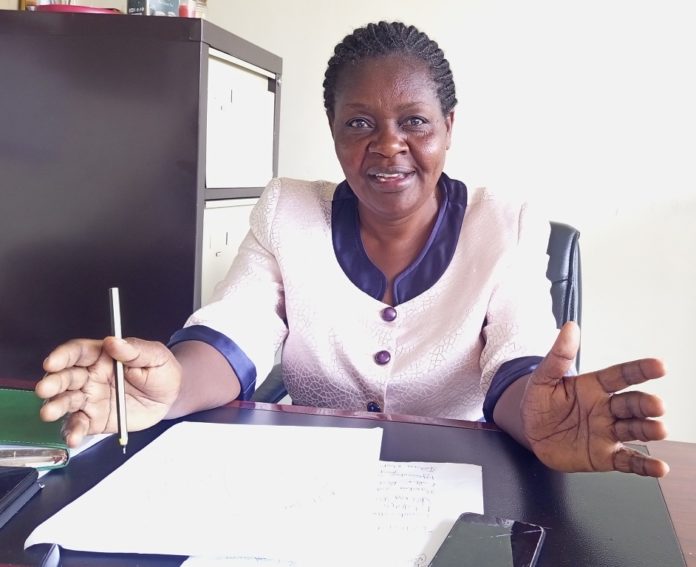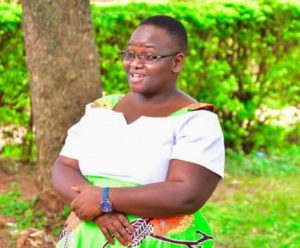
By Elizabeth Angira, DevReporter, Kisii County
Kenya has achieved some progress, with more women legislators now in office than in the pre-2010 Constitution period. That they occupy a dismal portion of parliamentary seats is a stark reminder of the pervasive and persisting nature of gender inequality.
There is a big chance for one of the women Ms. Martha Karua, the running mate of one of the two leading candidates in the 2022 Polls, the Azimio La Umoja One Kenya Coalition Party Presidential candidate, Raila Odinga, to be elected as the country’s first woman Deputy President, the second highest seat in Kenya
Data 2022
According to the Independent Electoral Boundaries Commission statistics 2022, female candidates are 1,962, male candidates 14, 137 and candidate of the other gender, 1.
Patriarchal society
Gusii, a particularly patriarchal region, has never voted for a woman in any top seat e.g., parliamentary, governorship or senatorial seats.
Ms Rachael Otundo had intended to go for the big one – the Governor of Kisii County. This would have made her the first and only woman so far to express interest in the seat
But as Ms. Otundo would soon to realize, there is a difference between ambition and reality in elective politics in Kisii County, one of the most patriarchal Kenyan societies.
Her running mate, a legal requirement for aspirants for the governor’s seat, opted out of the race at the last minute.
Ms Otundo says that some leaders in the Gusii community are highly patriarchal and they do not want to see any woman ascend to power, this narrative stigmatizes women, preventing them from going for top seats.
The National Democratic Institute (NDI) and the Federation of Women Lawyers (FIDA Kenya), note that in 2013, more women won seats at all levels, except for the presidential race, which remained exclusively male.
The two organizations however noted that in 2017, women clinched three governor and three senator, positions, compared to none in 2013. Also, more women were elected to the national and county assemblies, that is, 23 members of the national assembly in 2017 compared to 16 in 2013 and 96 members of county assemblies in 2017 as compared to 82 in 2013.
Culture
Mr. Stephen Obiri, the Civil Society Coalition for Kisii Chairman, admits culture is a big impediment to women’s political careers.
“A part of our electorate will not vote for women aspirants since it stills holds into the outdated notion that their major role is to take care of the family,” says Mr. Obiri.
It is worth noting that the Gusii Community has neither elected a woman as an MP since Kenya attained independence neither has it elected a woman governor or senator in the two General Elections under the 2010 constitution that were held in 2013 and 2017.
Advice
Kisii Young Democrat, Esnahs Nyaramba, says that they have continued to advise the current crop of candidates that they preferred to recruit local members who actually listened to their constituents.

Ms Nyaramba says that much civic education has been done in the region to change the voter’s mindset about women.
She says that much focus needed to be channeled on gender issues.





